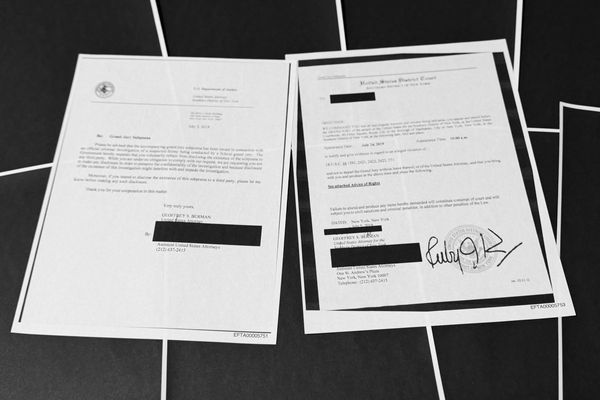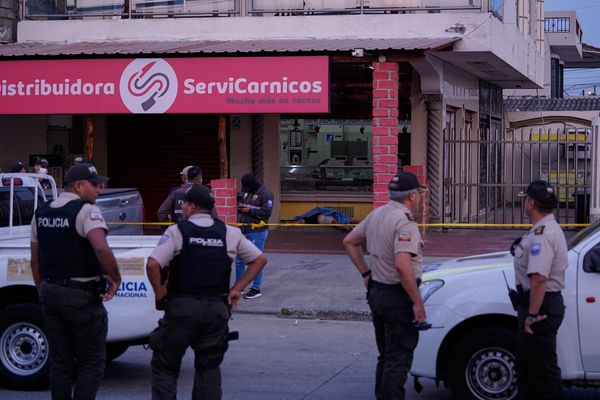
You wake up, pour a bowl of your go-to cereal, and dive into your day. But what if that familiar crunch is coming from a factory thousands of miles away? In recent years, several major brands have quietly shifted their cereal manufacturing operations outside of the United States. Whether it’s for cost savings, supply chain efficiency, or new international partnerships, these changes are happening—and most consumers don’t even realize it. If you care about where your food comes from, it may be time to flip that cereal box over and check the fine print.
Some Brands Have Moved Production Overseas
A growing number of cereal companies have relocated their manufacturing plants to other countries. Canada and Mexico are among the most common destinations, thanks to lower labor and production costs. For example, General Mills and Kellogg’s have both outsourced certain cereal lines abroad in recent years. This move helps companies stay competitive—but it also raises questions about quality control and ingredient sourcing. If your favorite brand suddenly tastes a little different, cereal manufacturing changes might be the reason why.
Ingredient Sourcing Is No Longer 100% Local
It’s not just the factories—some cereals now include ingredients sourced from around the globe. That wheat, corn, or sugar you’re used to seeing on the label may now come from overseas markets. While that isn’t necessarily a bad thing, it does affect freshness, environmental impact, and food safety standards. Regulations vary by country, so ingredients grown and processed abroad may not follow the same rules as U.S. farms. More transparency in cereal manufacturing is needed if consumers want to make informed choices.
Packaging May Look the Same—But Labels Tell a Different Story
If your cereal box looks unchanged, don’t assume the cereal inside still comes from the same factory. Brands often keep packaging consistent even when the product’s origin changes. The only clue is usually found in the fine print—look for “Made in” or “Product of” followed by the country of manufacture. It may surprise you to see your “All-American” breakfast now has international roots. Paying closer attention to those labels can tell you a lot about where your cereal is made and how far it traveled to reach your pantry.
Some Fans Say the Taste Has Changed
You’re not imagining things—many loyal fans claim their favorite cereals taste different than they used to. That could be due to changes in ingredients, processing techniques, or even water used during production. A shift in cereal manufacturing location often comes with adjustments to local equipment, climate, and supply chains, all of which can subtly affect taste and texture. If your morning bowl doesn’t hit the same way anymore, you might not be wrong. Taste differences are a common side effect of international production shifts.
Job Losses and Economic Impact in U.S. Communities
There’s also a bigger story behind the relocation of cereal plants—especially in small American towns where factories once provided hundreds of jobs. As companies move operations overseas, local economies take a hit. Entire communities have felt the ripple effects of lost employment, shuttered facilities, and reduced regional investment. While globalized cereal manufacturing may boost profits for brands, it often comes at a real human cost here at home. Supporting domestically made products can help keep local food manufacturing alive.
More Consumers Are Pushing for “Made in USA” Foods
As awareness grows, so does demand for transparency in food production. More shoppers are looking for cereals—and other packaged goods—that are made in the USA using domestic ingredients. Some smaller, craft cereal brands are stepping up to meet this demand, offering locally sourced options with clear labeling. These companies may not have the big marketing budgets, but they’re gaining popularity among those who care where their food comes from. Consumer preferences are starting to push back on offshore cereal manufacturing.
How to Check Where Your Cereal Is Made
If you’re curious about where your cereal comes from, there are a few simple steps you can take. First, flip the box and scan for the country of origin label, typically near the barcode or ingredient list. You can also visit the company’s website—some have dedicated pages that detail their production facilities. For more in-depth info, calling customer service or checking product reviews can help confirm where specific cereals are made. Knowing how to track cereal manufacturing origins empowers you to shop with confidence.
Your Spoonful of Cereal Comes With a Bigger Story
What seems like a simple breakfast choice may actually be part of a larger global shift in food production. As cereal manufacturing moves across borders, it affects not just your taste buds, but also job markets, food quality, and your ability to make informed decisions as a consumer. Whether you’re a die-hard fan of a specific brand or simply want to support domestic production, paying attention to where your cereal is made matters more than ever. It’s your breakfast—and your choice.
Have you noticed any changes in your favorite cereal lately? Check the box, and let us know what you find in the comments below!
Read More
8 Cereal Brands That Cut Corners and Got Caught
9 Cereal Brands That Are Losing Loyal Customers
The post Is Your Favorite Cereal Now Made in a Different Country? appeared first on Grocery Coupon Guide.







